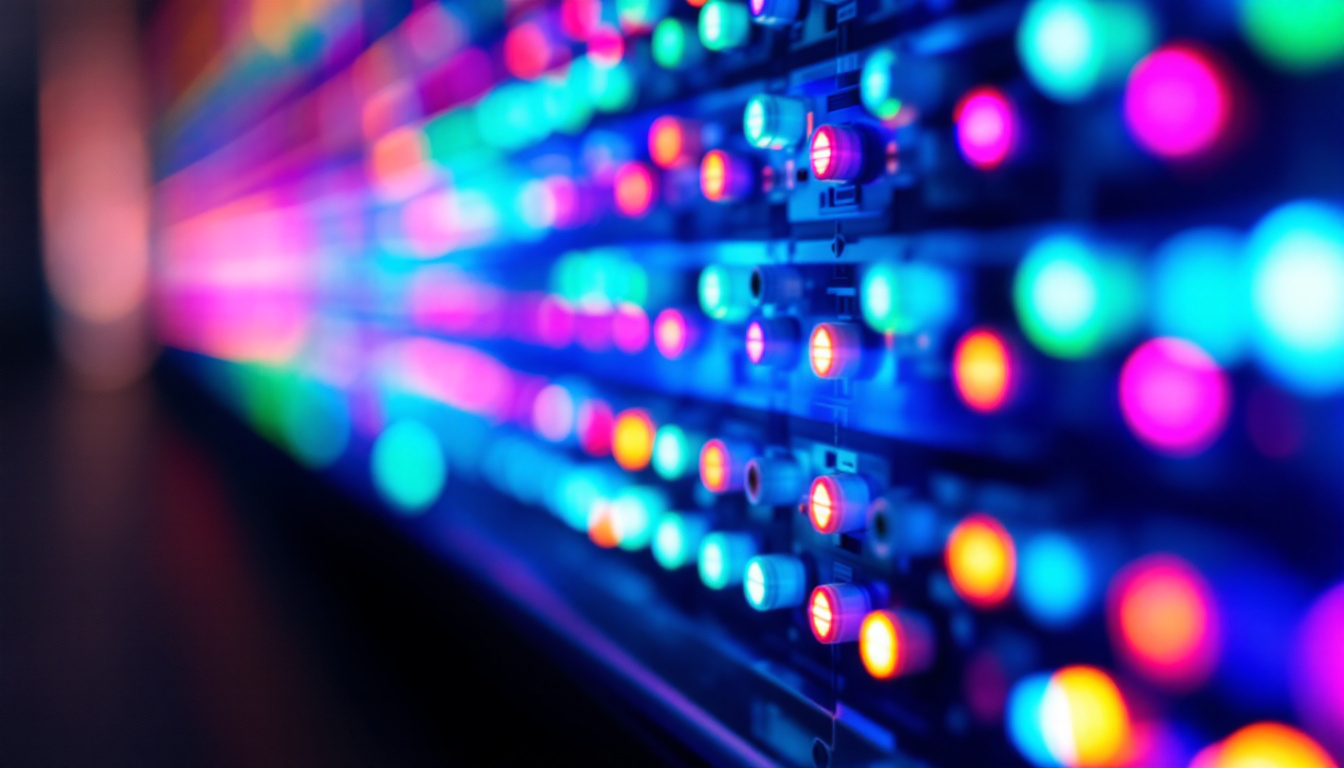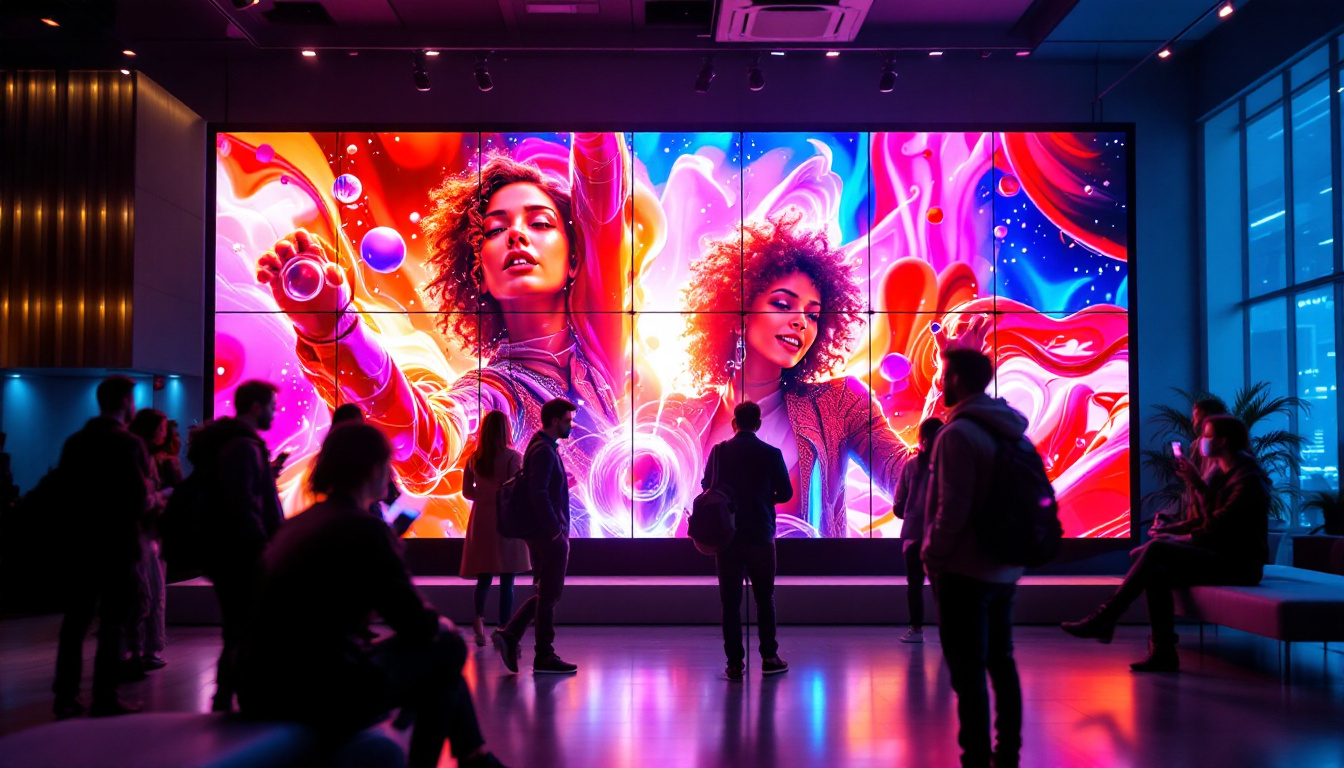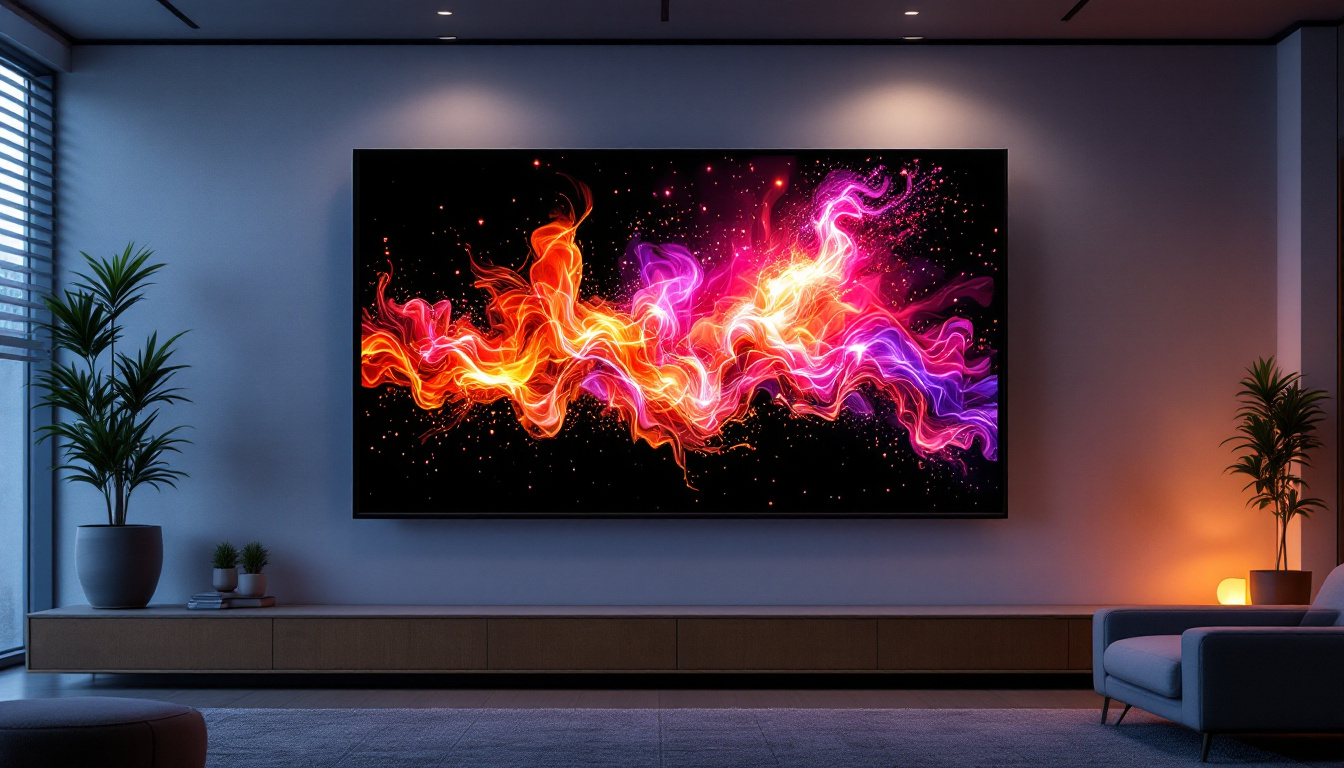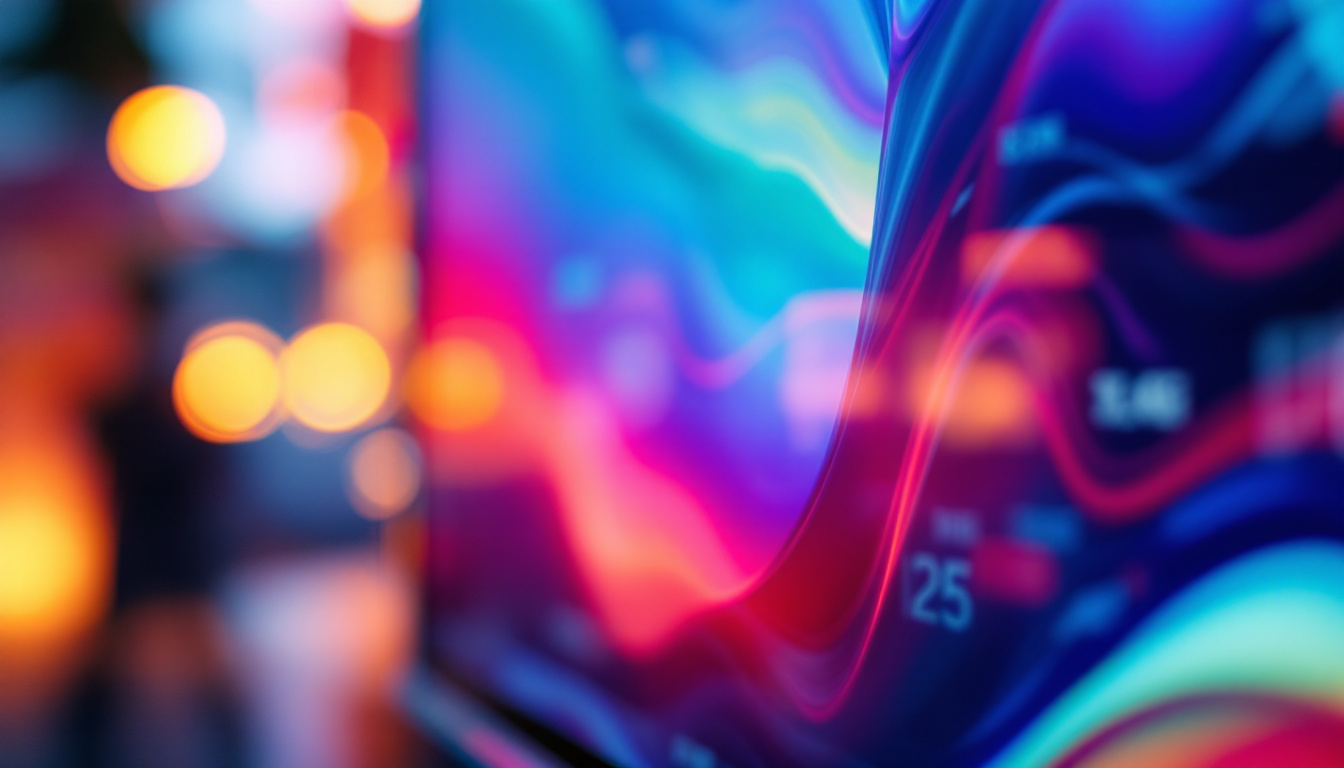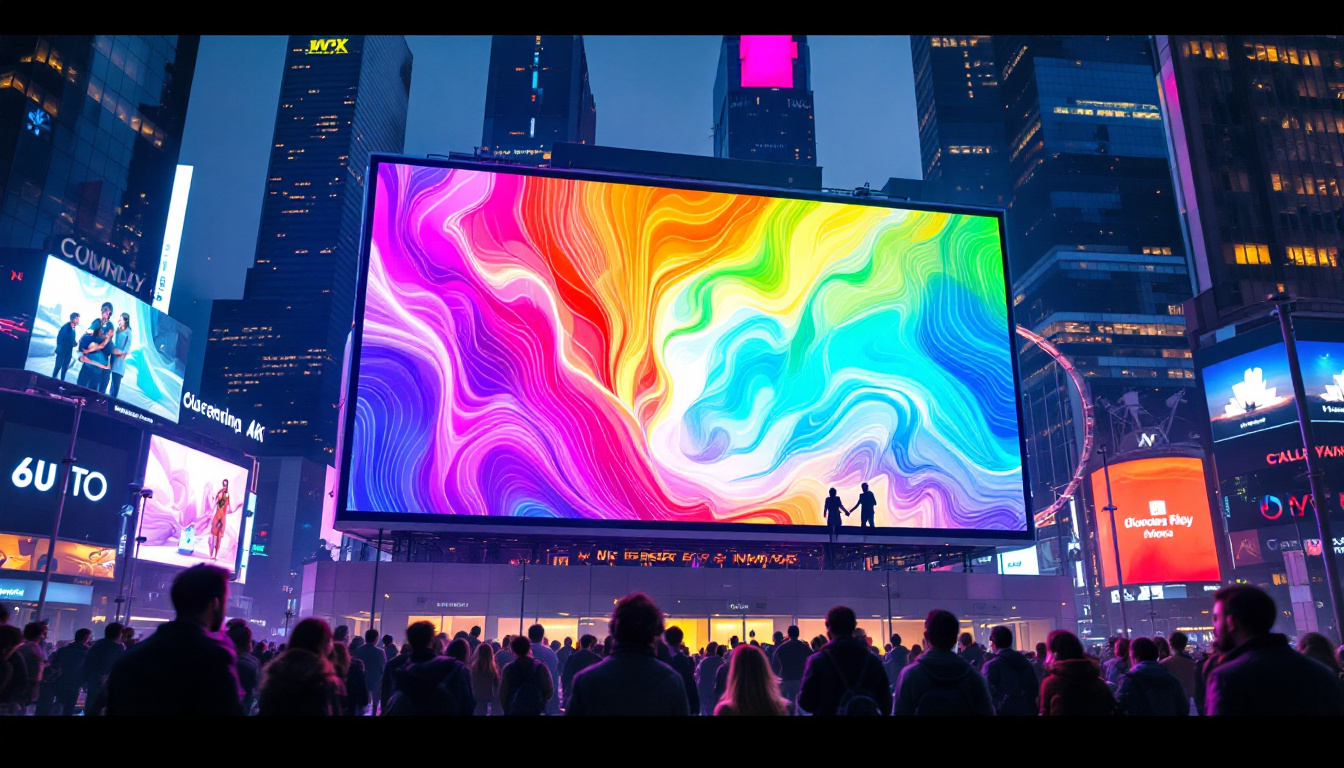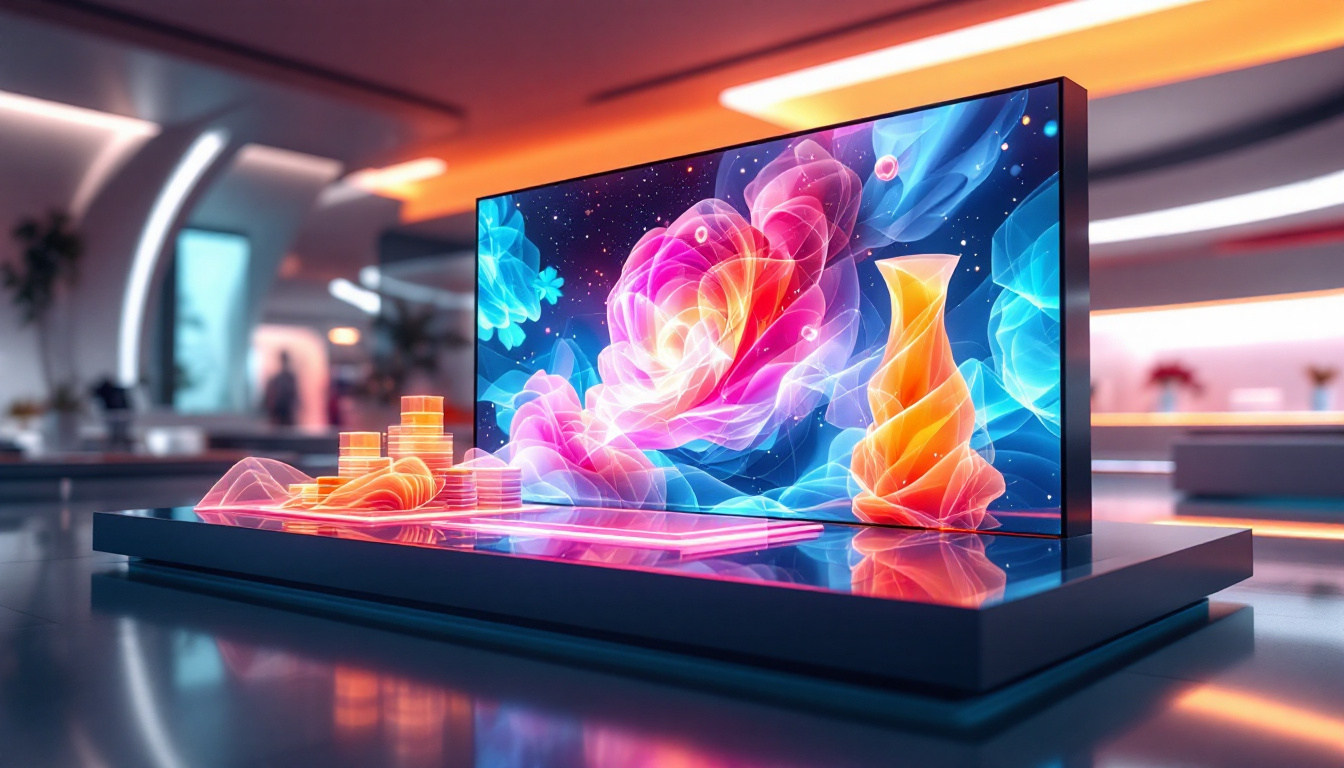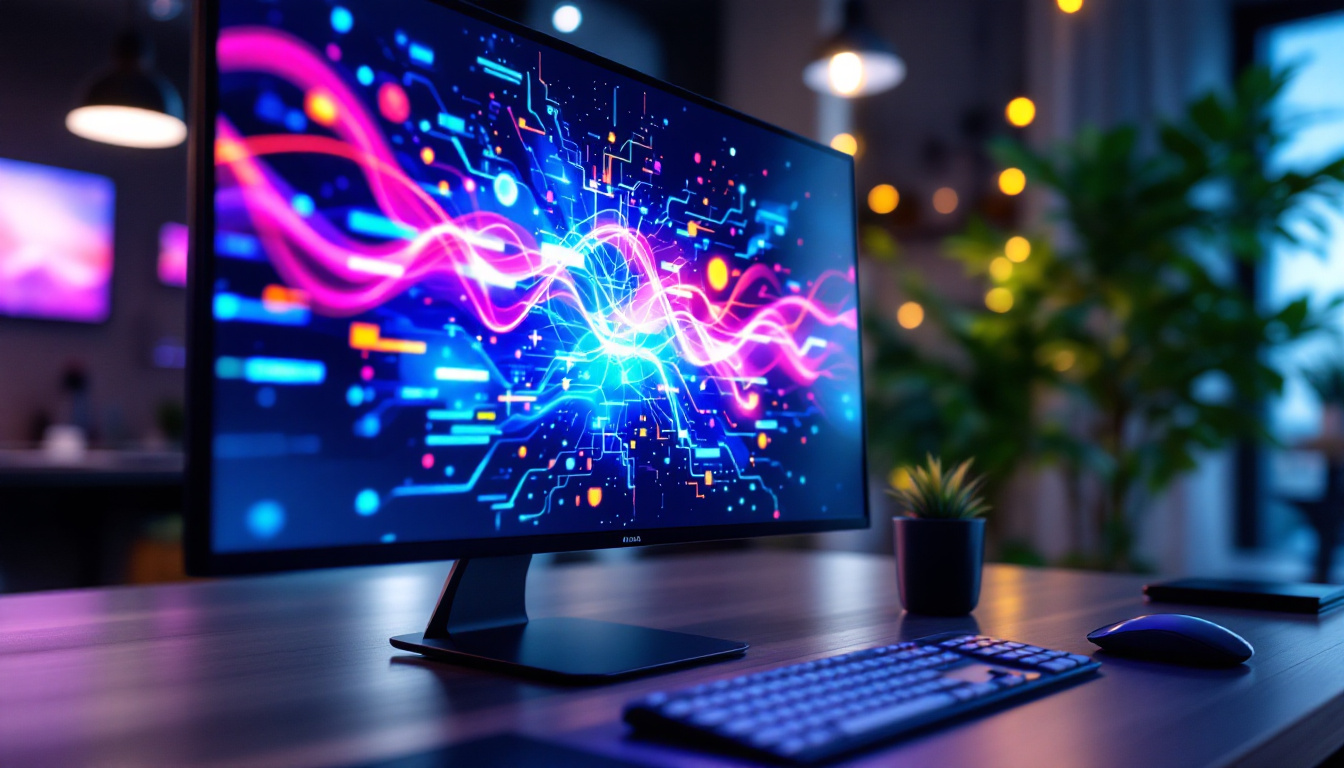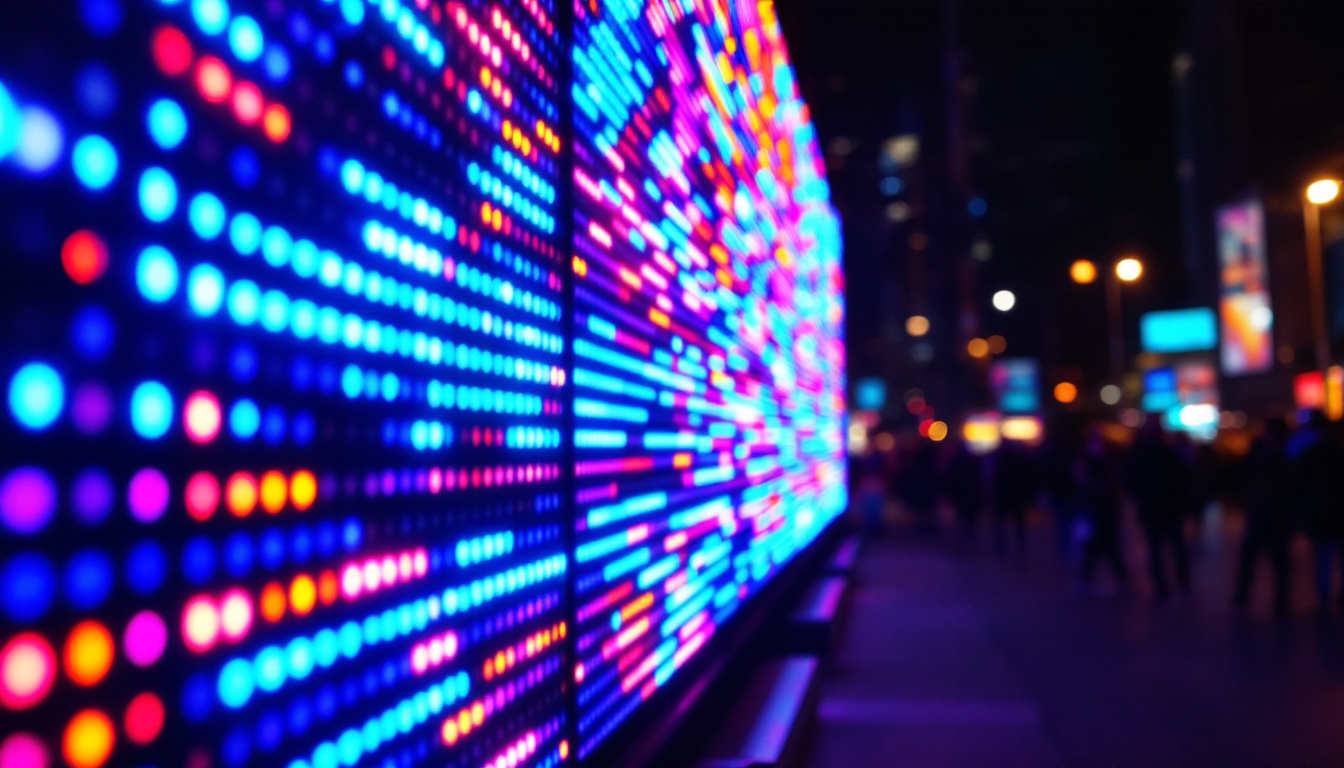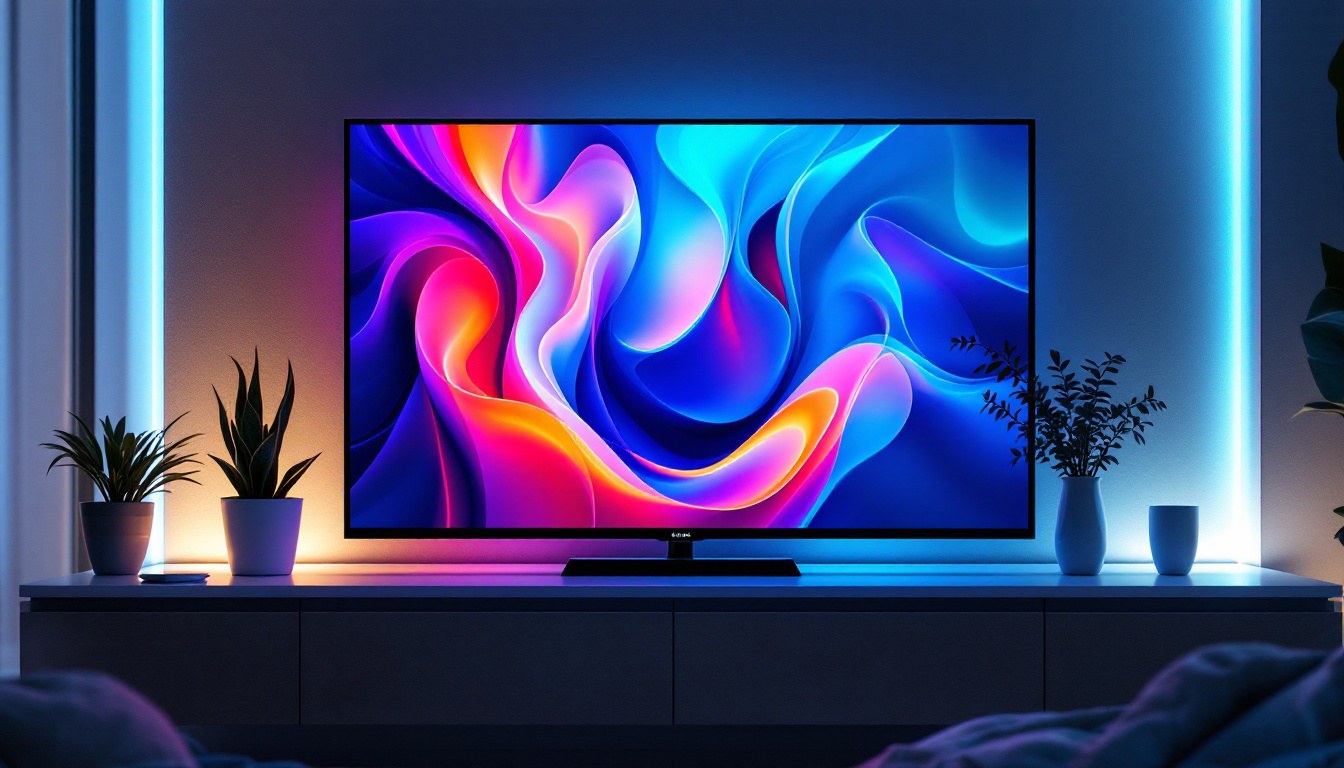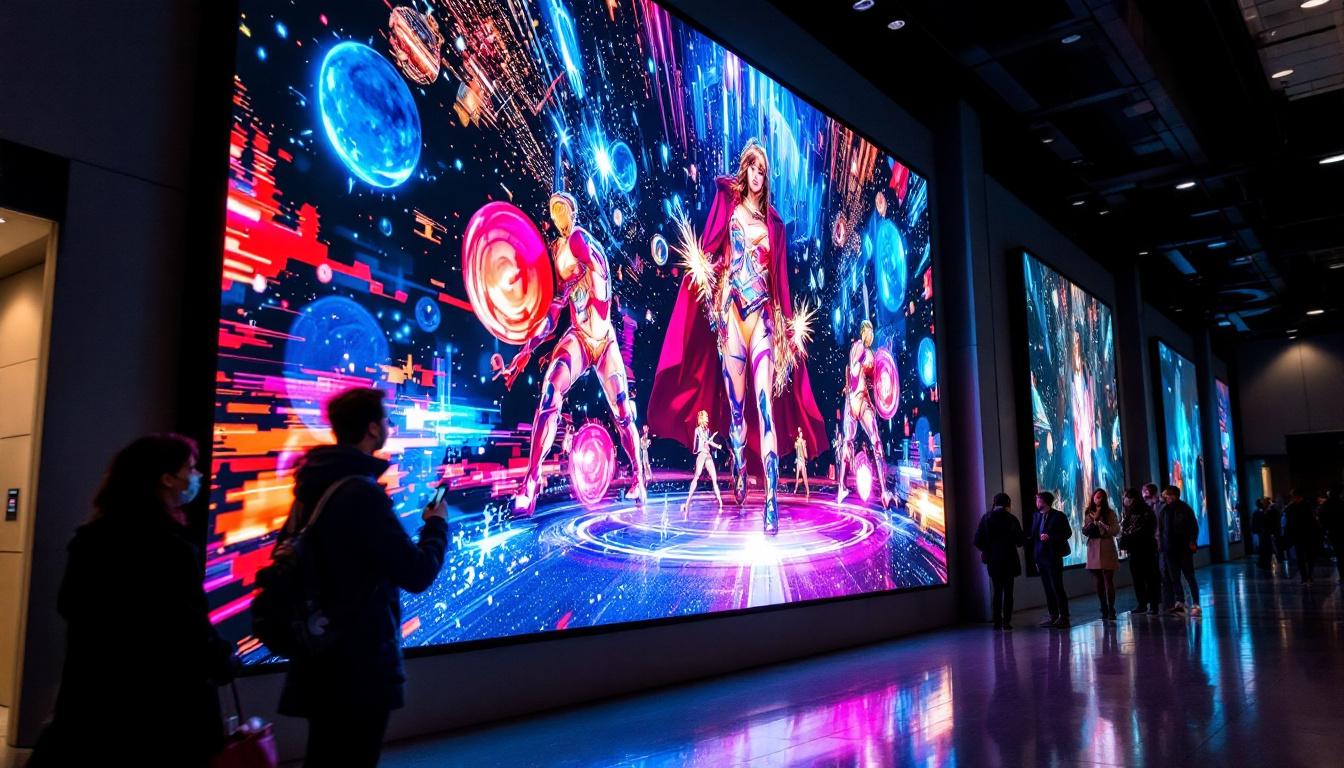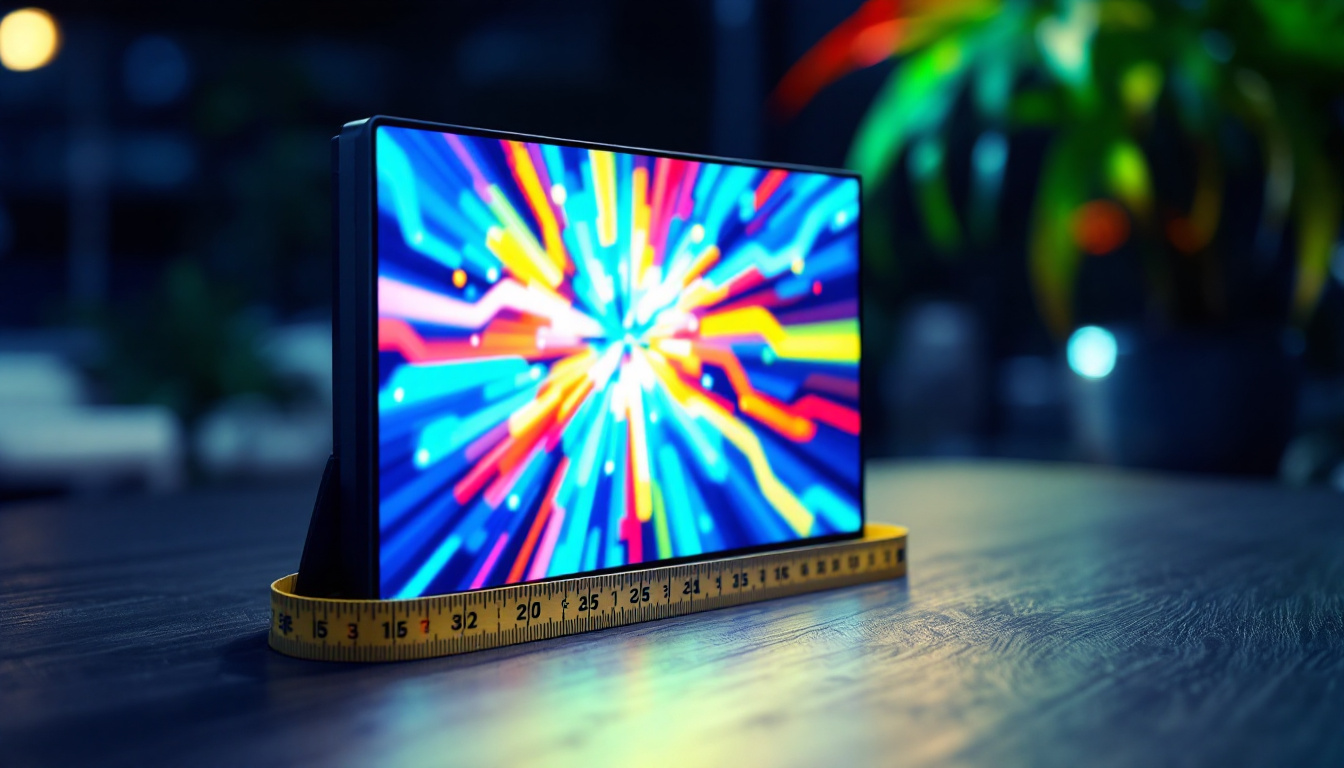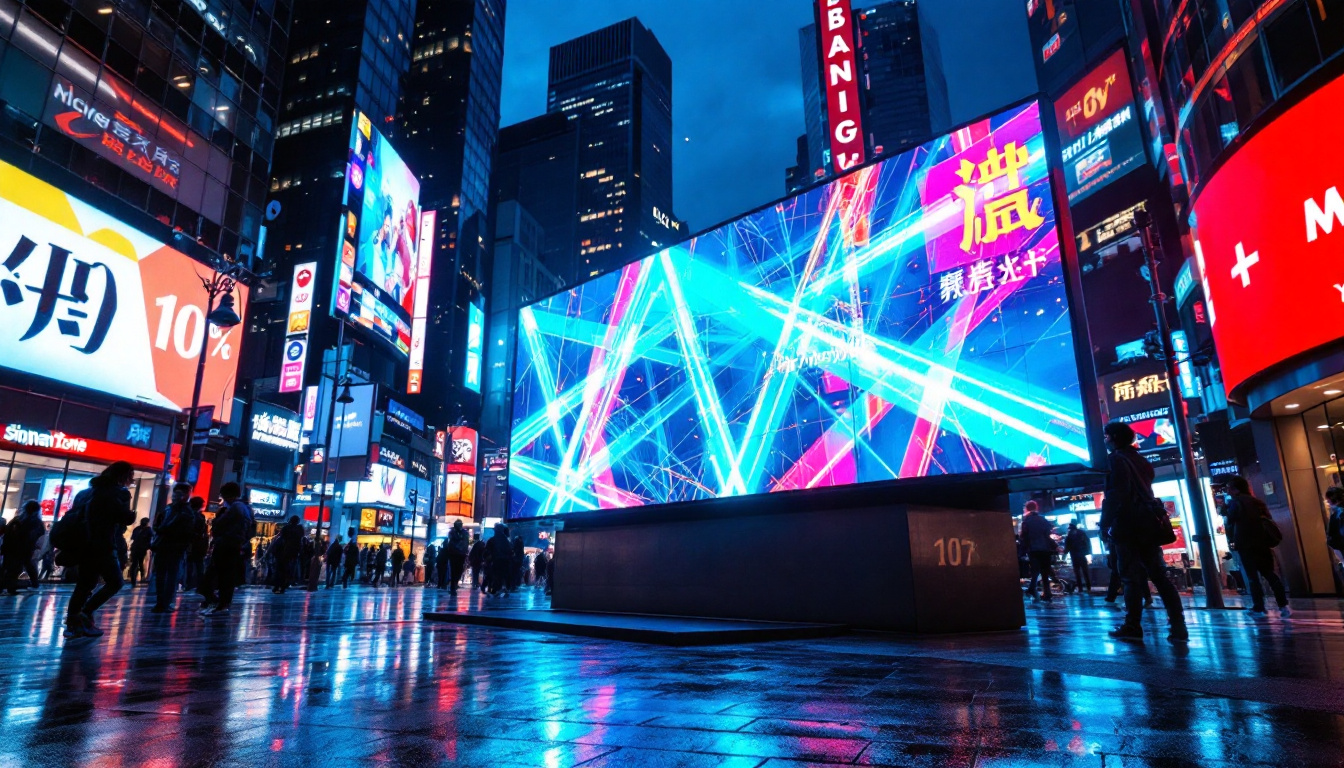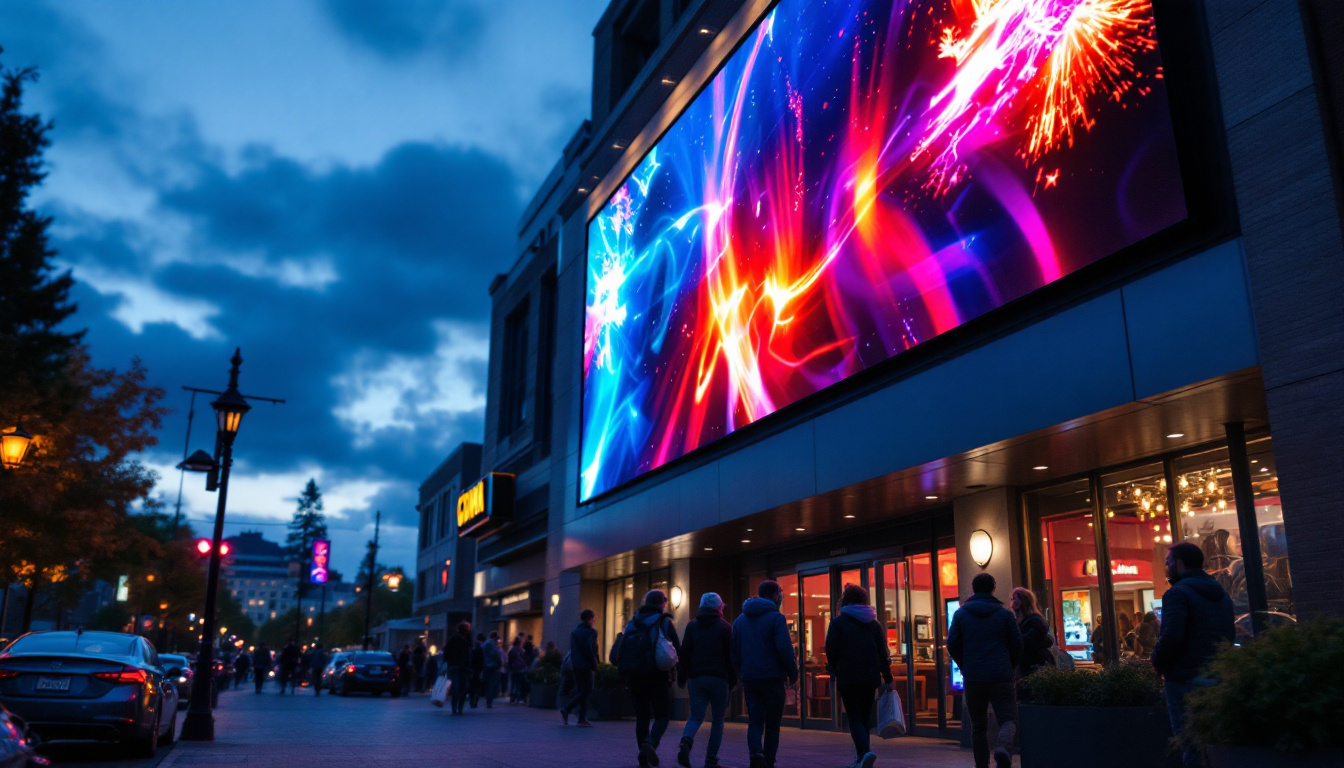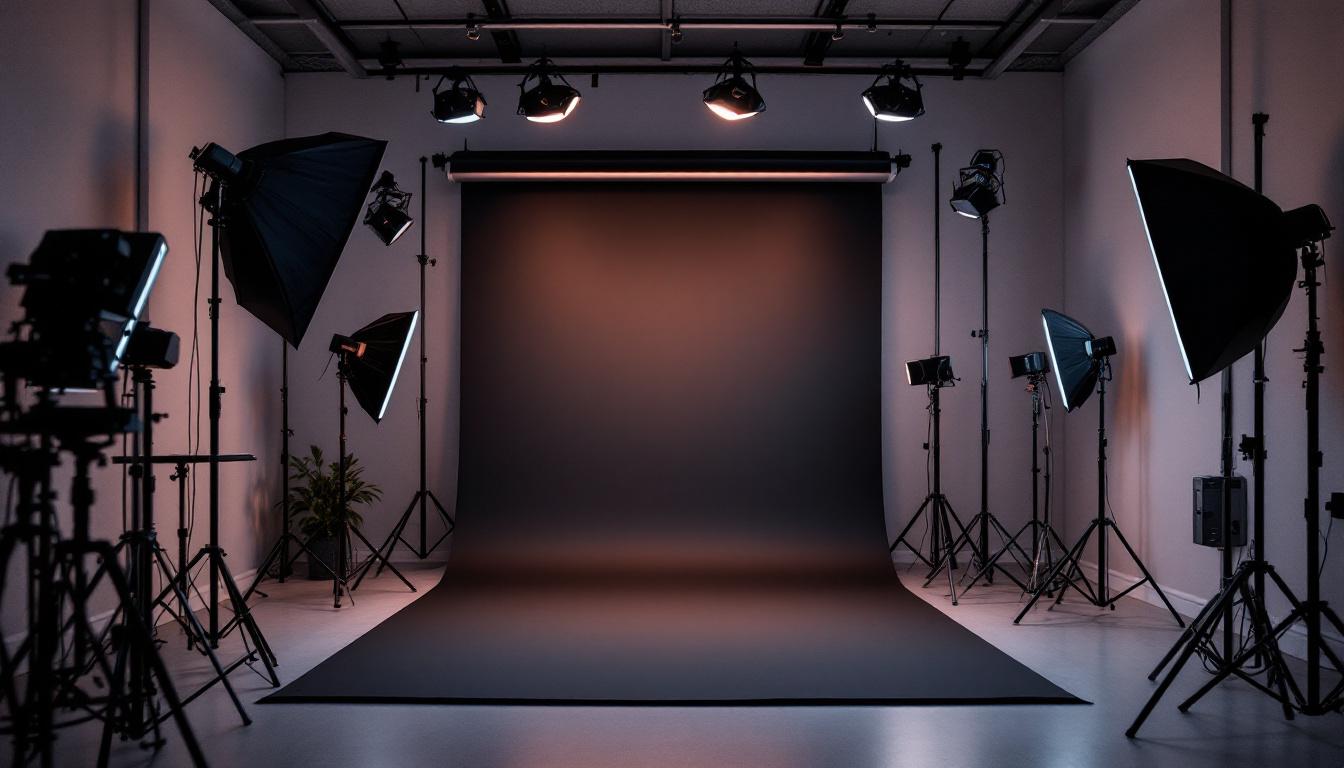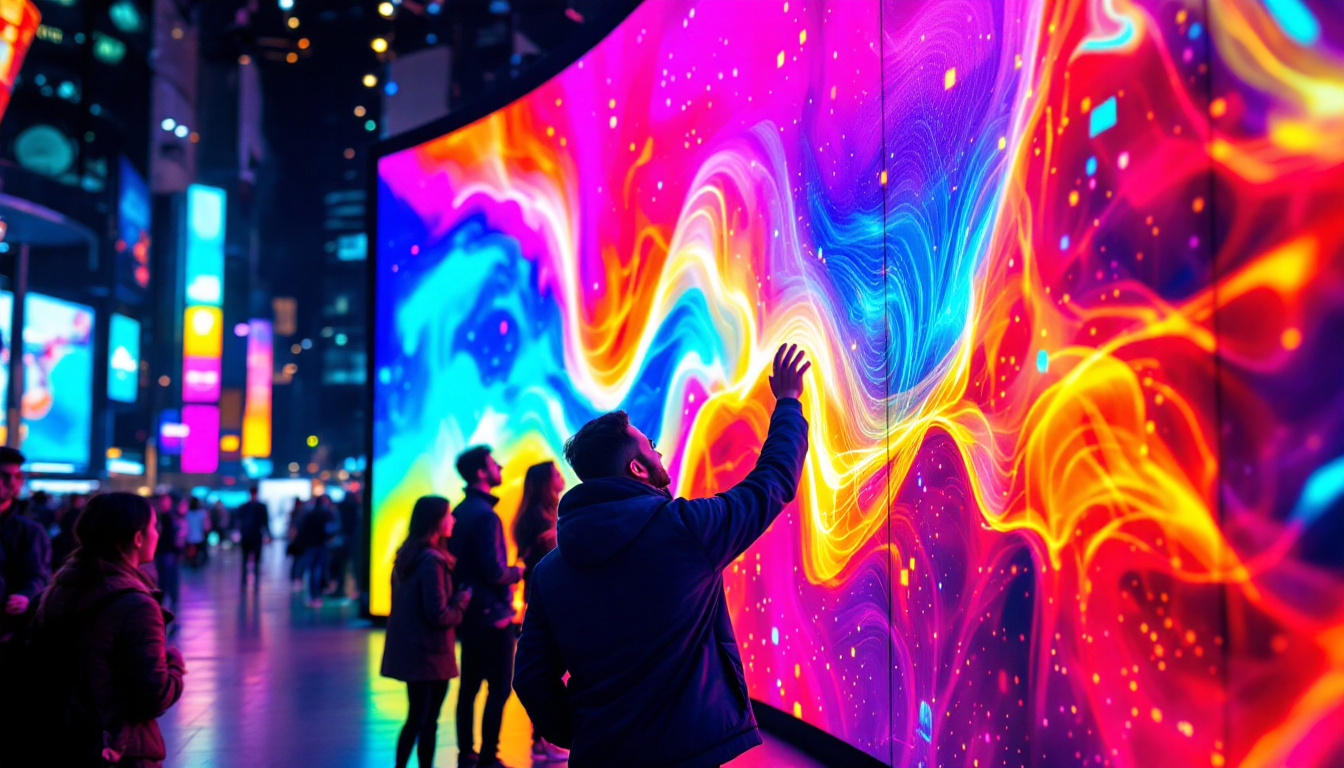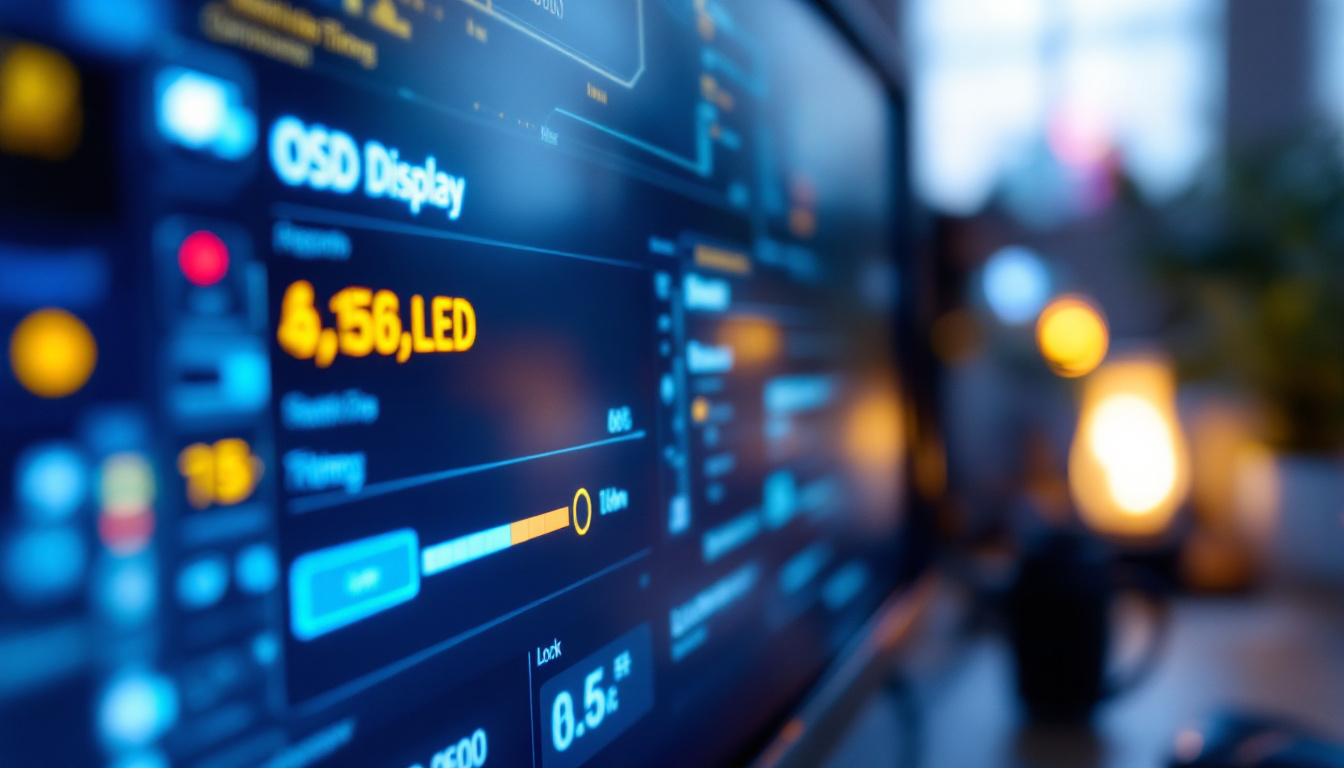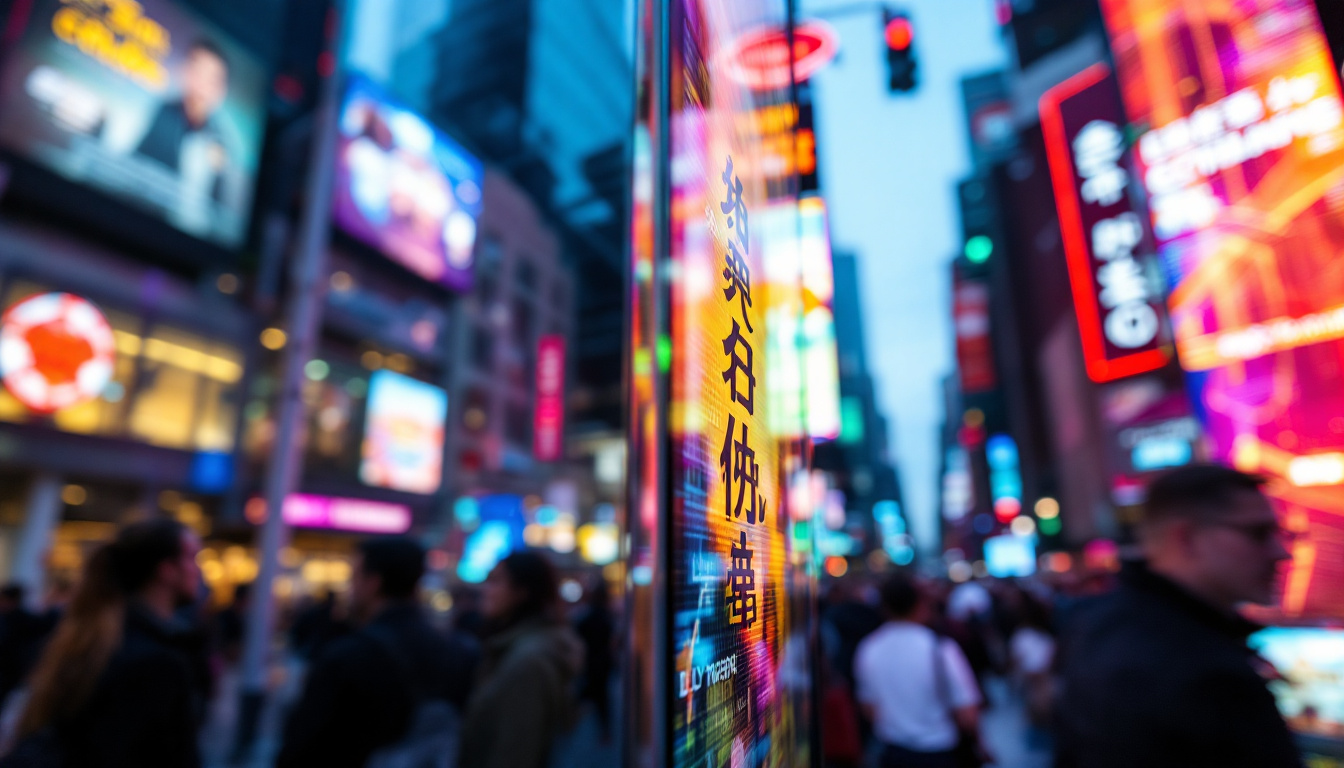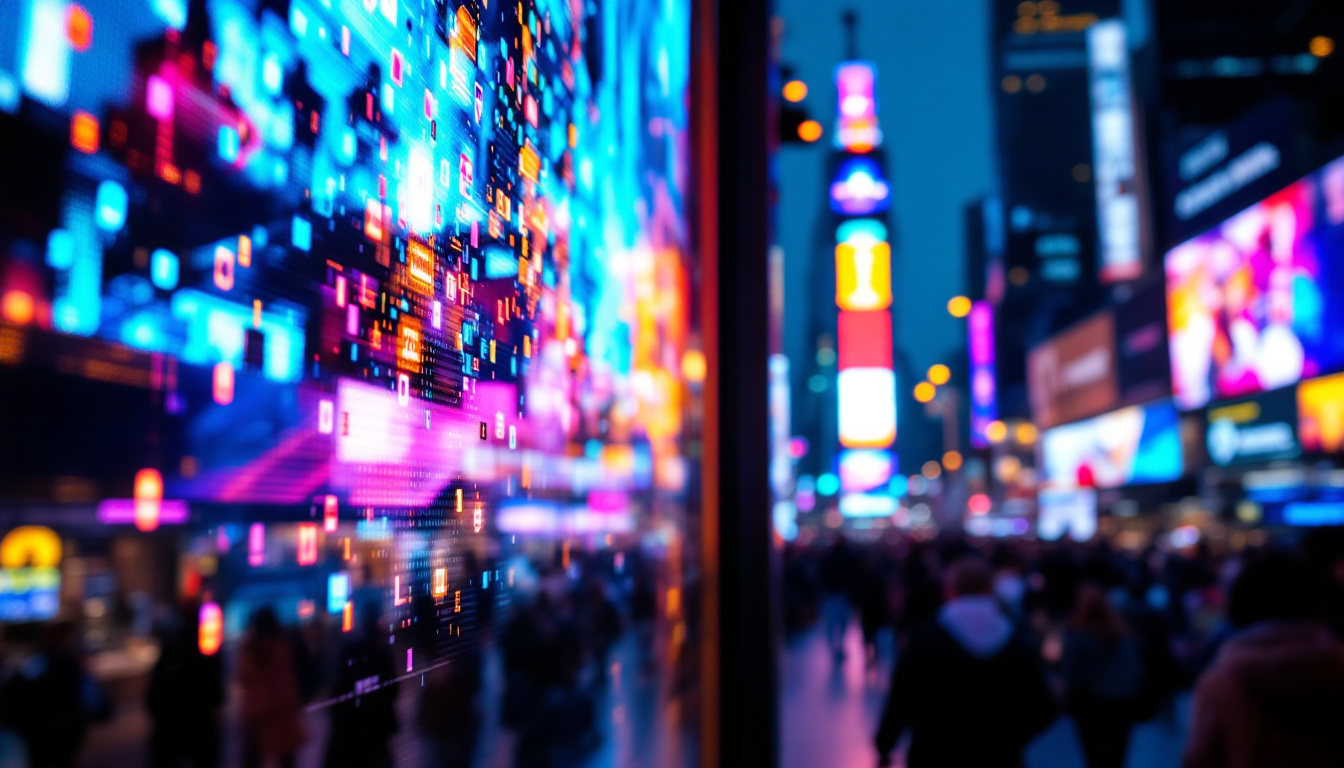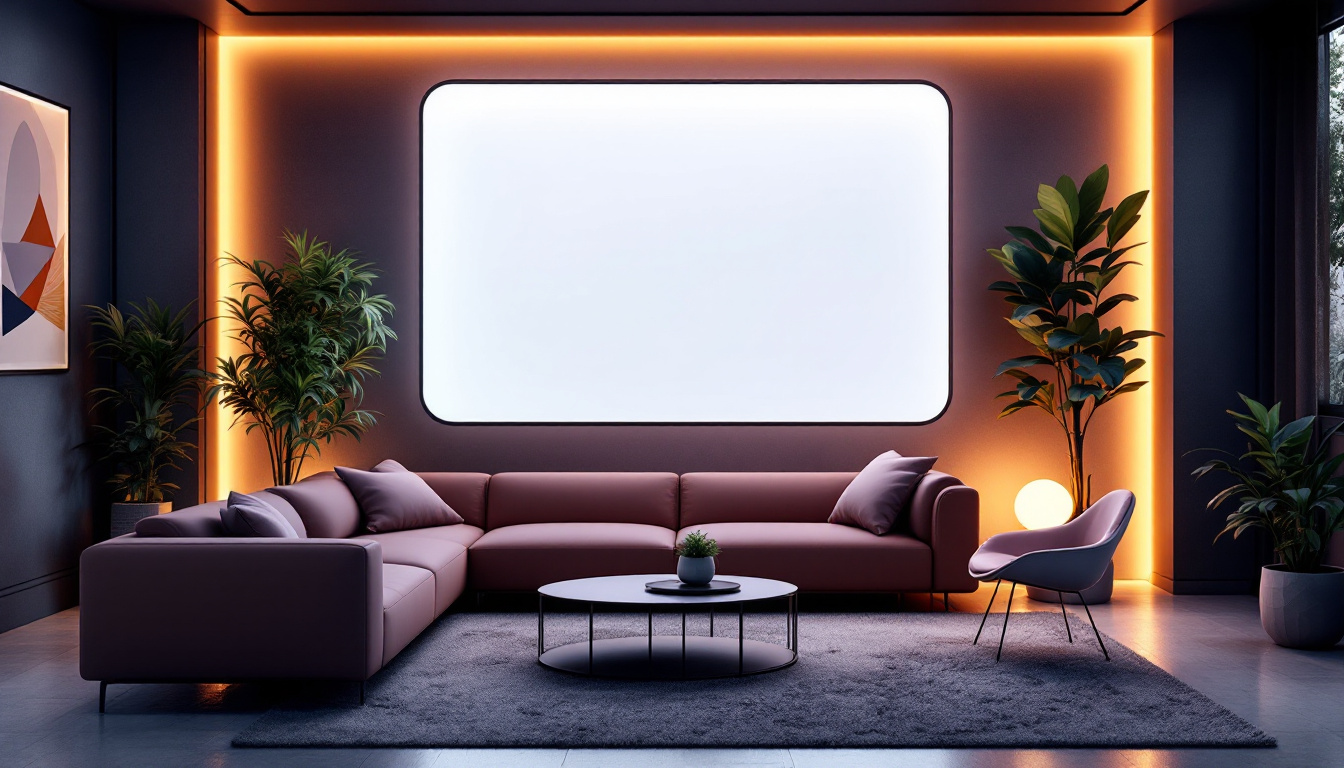In today’s fast-paced digital world, the way we share information visually has evolved dramatically. From corporate boardrooms to classrooms and public venues, LED displays have become a cornerstone technology for dynamic, clear, and engaging screen sharing. But what exactly makes LED displays so smart and effective for screen sharing? This article explores the fundamentals of LED display technology, its advantages in smart screen sharing, and how it’s shaping the future of visual communication.
Understanding LED Display Technology
LED, or Light Emitting Diode, displays are a type of flat-panel display technology that uses tiny light-emitting diodes to create images. Unlike traditional LCD screens that rely on backlighting, LED displays produce their own light, resulting in brighter and more vibrant visuals. This fundamental difference is key to their popularity in environments where clarity and visibility are paramount. The efficiency of LED technology also contributes to lower energy consumption, making them an environmentally friendly option for both consumers and businesses alike.
How LED Displays Work
Each LED display consists of thousands to millions of tiny diodes arranged in a grid. These diodes emit light in red, green, and blue (RGB) colors, which combine to form the full spectrum of colors seen on the screen. By adjusting the intensity of each diode, the display can render detailed images, videos, and text with remarkable precision. This capability allows for high dynamic range (HDR) content to be displayed, enhancing the viewing experience with deeper blacks and brighter highlights. Additionally, advancements in LED technology have led to improved color accuracy and faster refresh rates, making them ideal for dynamic content such as sports broadcasts and video games.
The modular nature of LED panels allows them to be assembled into virtually any size or shape, making them highly versatile for different applications. Whether it’s a small conference room monitor or a massive outdoor billboard, LED technology can be tailored to fit the need. This adaptability has led to creative installations in various settings, from immersive art displays in galleries to eye-catching advertising in urban landscapes. The ability to create curved or irregularly shaped screens further expands the possibilities for designers and marketers looking to capture attention.
Types of LED Displays
There are several types of LED displays, each suited to different environments and purposes:
- Indoor LED Displays: Designed for use in controlled lighting environments such as offices, retail stores, and auditoriums. They offer high resolution and brightness suitable for close viewing distances. These displays often feature advanced technologies like pixel pitch optimization, which enhances image clarity and detail, making them perfect for presentations and digital signage.
- Outdoor LED Displays: Built to withstand weather conditions and deliver high brightness to combat sunlight glare. Commonly used for advertising, sports arenas, and public information boards. Outdoor displays are engineered with robust materials to resist rain, dust, and extreme temperatures, ensuring reliability in all conditions. Their high visibility even in direct sunlight makes them a preferred choice for outdoor marketing campaigns.
- Transparent LED Displays: These innovative screens allow light and objects to pass through, making them ideal for retail windows and architectural installations where visibility both ways is desired. This technology not only enhances the aesthetic appeal of storefronts but also provides a unique advertising medium that can engage customers without obstructing their view of the products inside.
The Role of LED Displays in Smart Screen Sharing
Screen sharing technology has become integral to collaboration, education, and entertainment. LED displays enhance these experiences by providing a platform that supports high-quality, real-time content sharing with exceptional visual fidelity.
Enhanced Visual Clarity and Brightness
One of the most significant advantages of LED displays in screen sharing is their superior brightness and contrast. According to recent industry reports, LED screens can achieve brightness levels exceeding 1,000 nits, which is substantially higher than typical LCD monitors. This means content remains clear and readable even in brightly lit rooms or outdoor settings.
For businesses, this translates into more effective presentations where every detail is visible to all participants, regardless of seating or ambient light conditions. In educational environments, it ensures that students can easily follow along, improving engagement and retention.
Seamless Integration with Smart Devices
Modern LED displays are designed to integrate effortlessly with a variety of smart devices such as laptops, tablets, and smartphones. Many LED systems support wireless screen sharing protocols like Miracast, AirPlay, and Google Cast, enabling users to project content without the clutter of cables.
This wireless capability is particularly valuable in collaborative settings, allowing multiple users to share screens quickly and switch presenters with minimal disruption. It also supports BYOD (Bring Your Own Device) policies, which are increasingly common in workplaces and educational institutions.
Interactive Features for Dynamic Collaboration
Smart LED displays often come equipped with interactive touch capabilities, transforming them from passive screens into active collaboration hubs. Users can annotate presentations, manipulate content, and engage directly with the display, fostering a more immersive and productive environment.
For example, in a corporate meeting, participants can highlight key points or brainstorm ideas directly on the shared screen. In classrooms, teachers can create interactive lessons that respond to student input in real time, making learning more engaging.
Applications of Smart LED Screen Sharing
The versatility of LED displays combined with smart screen sharing technology has opened up a wide range of applications across industries.
Corporate and Business Environments
In the corporate world, LED displays are revolutionizing meetings, training sessions, and conferences. Large LED walls can display complex data visualizations, video conferencing feeds, and collaborative documents simultaneously, enhancing decision-making processes.
Moreover, the ability to share screens wirelessly reduces setup time and technical difficulties, allowing meetings to start promptly and run smoothly. This efficiency is critical in fast-paced business environments where time is money.
Education and Training
Educational institutions are increasingly adopting LED displays to support interactive learning. Smart screen sharing enables teachers to present multimedia content, conduct virtual field trips, and facilitate group work with ease.
Studies have shown that visual aids significantly improve comprehension and retention rates among students. With LED displays, educators can deliver high-impact lessons that cater to diverse learning styles, making education more inclusive and effective.
Entertainment and Public Venues
From concerts to sports arenas, LED displays are essential for delivering immersive experiences to large audiences. Smart screen sharing allows event organizers to broadcast live feeds, advertisements, and interactive content seamlessly.
In public spaces, LED screens provide real-time information such as transit updates, emergency alerts, and promotional messages. Their high visibility and adaptability make them invaluable tools for communication in crowded or dynamic environments.
Future Trends in LED Display and Screen Sharing Technology
The evolution of LED display technology continues to accelerate, driven by advances in materials science, software integration, and user interface design.
MicroLED and MiniLED Innovations
Emerging technologies like MicroLED and MiniLED promise even greater brightness, energy efficiency, and resolution. MicroLED displays, composed of microscopic LEDs, offer near-perfect color accuracy and contrast without the burn-in issues associated with OLED screens.
These advancements will further enhance smart screen sharing by delivering crystal-clear images with lower power consumption, making LED displays more sustainable and cost-effective over time.
AI-Enhanced Screen Sharing
Artificial intelligence is beginning to play a role in optimizing screen sharing experiences. AI can automatically adjust brightness and color settings based on ambient light, improve image scaling for different screen sizes, and even analyze audience engagement to tailor content delivery.
Such intelligent features will make LED displays more adaptive and user-friendly, ensuring that shared content is always presented in the best possible way.
Augmented Reality (AR) Integration
Looking ahead, the integration of AR with LED displays could transform how information is shared and consumed. Imagine interactive presentations where digital objects appear to float above the screen or classrooms where virtual models can be manipulated in three dimensions.
This fusion of technologies will open new frontiers for collaboration, education, and entertainment, making smart screen sharing more immersive and impactful than ever before.
Choosing the Right LED Display for Smart Screen Sharing
Selecting the appropriate LED display depends on several factors including the intended use, environment, and budget. Understanding these considerations ensures that users maximize the benefits of smart screen sharing technology.
Resolution and Pixel Pitch
Resolution determines the clarity of the displayed image, while pixel pitch—the distance between individual LEDs—affects how sharp the image appears at various viewing distances. For close-range applications like conference rooms, a smaller pixel pitch (1-2 mm) is ideal. For large outdoor displays viewed from afar, a larger pixel pitch (10 mm or more) suffices.
Brightness and Contrast Ratio
Brightness levels must be matched to ambient lighting conditions. Indoor displays typically require 600-1,000 nits, whereas outdoor displays often need 5,000 nits or more to remain visible in direct sunlight. A high contrast ratio enhances image depth and detail, improving overall visual quality.
Connectivity and Compatibility
Ensure the LED display supports the necessary wireless protocols and input options to integrate seamlessly with existing devices and software. Compatibility with popular screen sharing standards simplifies setup and enhances user experience.
Durability and Maintenance
For outdoor or high-usage environments, durability is crucial. Look for displays with weatherproofing, robust casing, and easy maintenance features. Reliable technical support and warranty services also contribute to long-term satisfaction.
Conclusion
Smart screen sharing powered by LED display technology is reshaping how we communicate visually across diverse settings. The combination of vibrant, high-resolution visuals, wireless connectivity, and interactive capabilities makes LED displays an indispensable tool for modern collaboration, education, and entertainment.
As innovations continue to emerge, LED displays will become even more versatile and intelligent, offering richer experiences and greater efficiency. Whether upgrading a boardroom, enhancing a classroom, or creating captivating public installations, understanding the nuances of LED technology is essential for making informed decisions that drive success.
Investing in the right LED display not only elevates the quality of screen sharing but also future-proofs communication infrastructure in an increasingly digital world.
Discover LumenMatrix’s Innovative LED Display Solutions
Ready to transform your visual communication and take your screen sharing to the next level? Explore LumenMatrix’s comprehensive range of LED display solutions, from vibrant Indoor and Outdoor LED Wall Displays to dynamic Vehicle and Sports LED Displays, and beyond. Each product is crafted with the mission to captivate your audience and amplify your message with unparalleled clarity and impact. Embrace the future of digital signage with LumenMatrix and create experiences that resonate. Check out LumenMatrix LED Display Solutions today and see the difference innovation can make.


